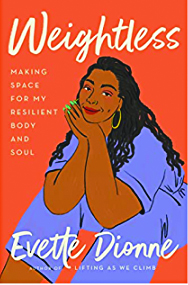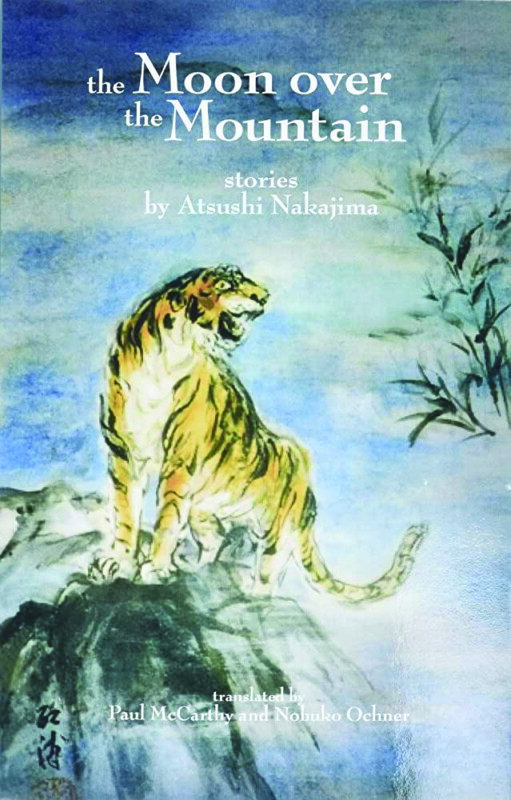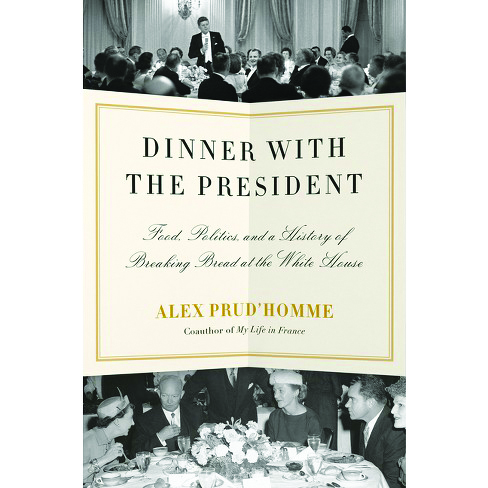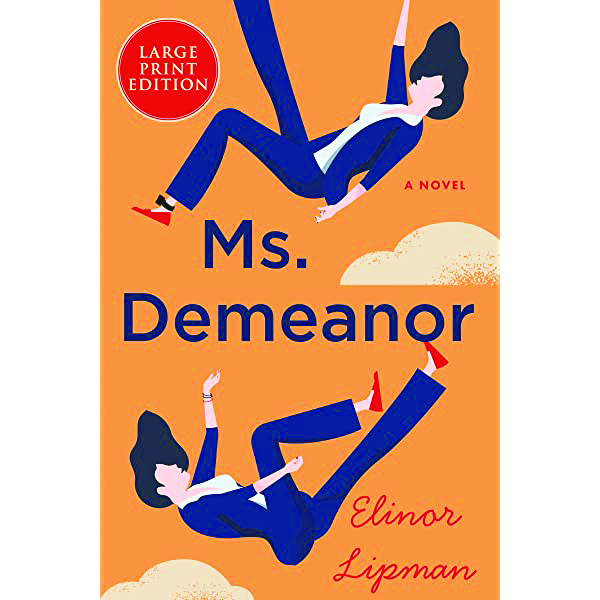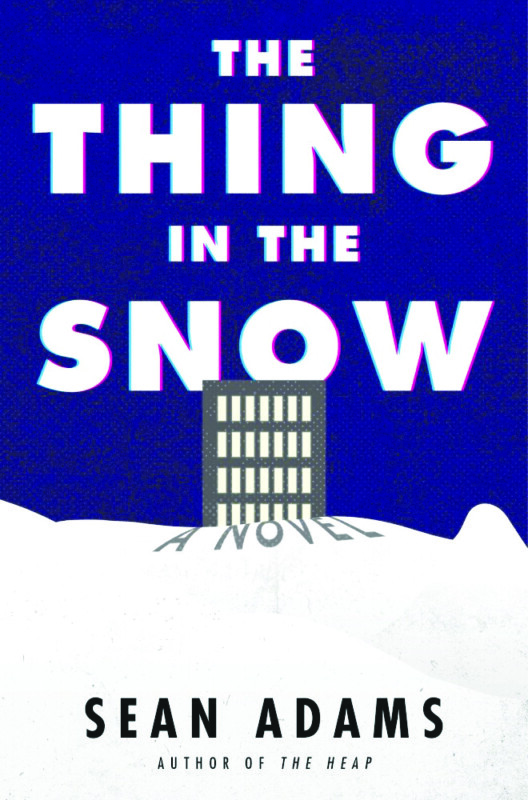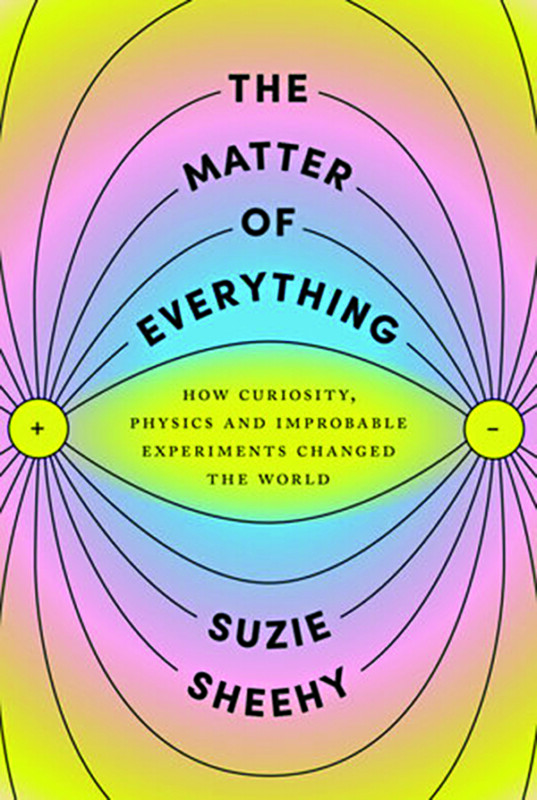Weightless, by Evette Dionne (Ecco, 245 pages)
Are doctors who lecture their patients about their weight “fat shaming” them or “following the science”?
That’s the question at the heart of Evette Dionne’s Weightless, an account of her life as a Black woman with obesity who has had multiple health problems over the course of her often size 22 life and is now diagnosed with heart failure.
Part memoir, part journalism, Weightless explores Dionne’s struggles to fit into a society that prizes thinness even as it now demonizes “fatphobia” to the point of purging the word “fat” from Roald Dahl books.
In many ways, America has gone all in on what is commonly called “body acceptance.” Plus-size models are a thing, even making the swimsuit issue of Sports Illustrated. Most fashion designers offer extended sizes. There’s even a movement to help overweight women avoid being weighed at doctors’ offices (you can present a card that says “Don’t weigh me unless medically necessary”).
Despite all this, our culture “hates fat people,” Dionne says. “Whether it’s Netflix greenlighting a television show that glorifies losing weight as a form of revenge or airlines enacting policies that purposefully discriminate against fat people, the world believes that we must assimilate and become smaller — not that it should become bigger to accommodate us.”
Proclaiming “Fat people aren’t a problem that needs to be solved,” she catalogs a long list of problems that fat people need to be solved. These include the indignity of flying (needing seat belt extenders and sometimes having to purchase two tickets), the unceasing rudeness of strangers (on one flight she confronts someone who was texting insults about her) and the tendency of those in the medical profession to brusquely dismiss anything that’s wrong with an obese person as something that can be solved by losing weight.
“There’s a running joke around fat people that if you go to the doctor for a sore throat, they’re going to ask you to take a blood sugar test to make sure you’re not diabetic,” she writes. (I can confirm that happens even after death, having recently heard of a case in which “obesity” was put as the cause of death of a woman in her 60s who unexpectedly died at home.)
Dionne says she set out to write the book as a way of shining a light on the biases of the culture, to “shift how we individually and collectively understand the fat experience.” She says that fat people “want, need and deserve new stories.”
That may be true, but the experiences that Dionne describes here are in fact old stories. Anyone who has grown up overweight has stories about bullies; any obese adult has stories about not being able to fit in a carnival ride, or being rejected by a potential lover because of their weight, or getting an underhanded “compliment” about weight loss that feels like a punch.
Dionne writes movingly about her assorted embarrassments and outrage in ways that could theoretically help other people be more compassionate, but the reality is, the cruel people she describes aren’t the ones who would read this sort of book, unless it was assigned. Her audience, her tribe, are those who have walked in her shoes.
As much as I empathize with Dionne, having lived through some versions of experiences she describes, I found it difficult to embrace her premise, which is that “Weight discrimination is as serious and widespread as the issue of ‘obesity’ itself.”
The bulk of medical research suggests otherwise.
There are those who have argued that overweight people can be just as metabolically healthy as those who are of what doctors deem “normal” weight, or those who are underweight, especially if they exercise. But Dionne is not making this argument. In fact, from her opening page, in which she declares “I am in heart failure,” she establishes that she is not a healthy person, and her problems are not only physical; she also has battled extreme anxiety and depression.
She writes, in a chapter about wanting to become a mother, “There’s no doubt I will be a fat mother, just as my mother was a fat mother” and also, “I will be a chronically ill mother, who will often have to prioritize my own health needs above the immediate needs of my children.”
She also acknowledges the ways in which her life became easier after she lost some weight after becoming ill, but says that in some ways this made her sad.
“Whenever I discuss what heart failure has done and continues to do to my body … my feelings are cast aside as people gush about how good I look. ‘You’re beautiful now’ is a common refrain. ‘You’re so small’ is another. What I also hear is: heart failure might have cost you, but sickness has also granted you something more important than your aches and pains.”
There is heart-rending truth here, and much pain bravely revealed.
But the book would have benefited from a chapter in which Dionne considered the ways in which the doctors she dismisses might be right — that obesity, not weight discrimination, is the biggest problem for people who are seriously overweight, that in fact, her obesity might have been responsible, at least in part, for many of her problems.
That is not to say that cruelty is ever justified, and I personally think she should have “accidentally” spilled a cup of water or coffee on the texting guy’s phone. And no, no one needs a diabetes test when they visit a doctor for a sore throat. But there is some reasonable middle ground when the subject is obesity, or at least there needs to be. Right now, it’s all finger-pointing and name-calling even as Americans keep getting larger and sicker.
As likable as Dionne is (but for some revelations that are truly TMI), disappointingly, Weightless breaks no new ground. B-

